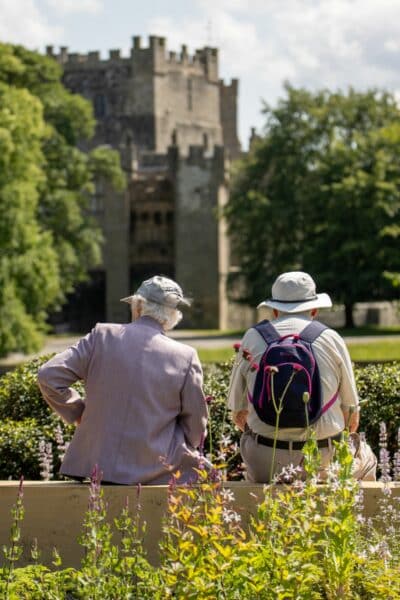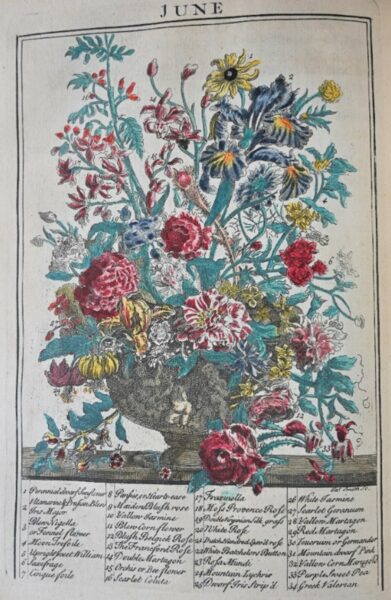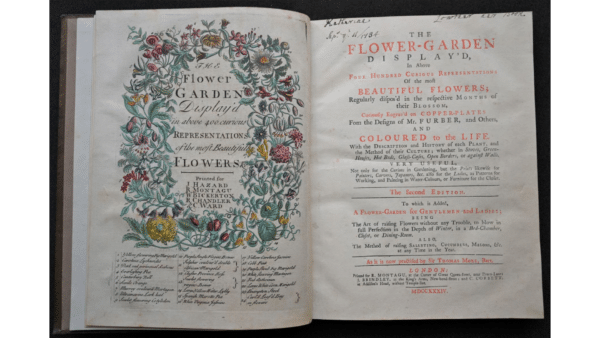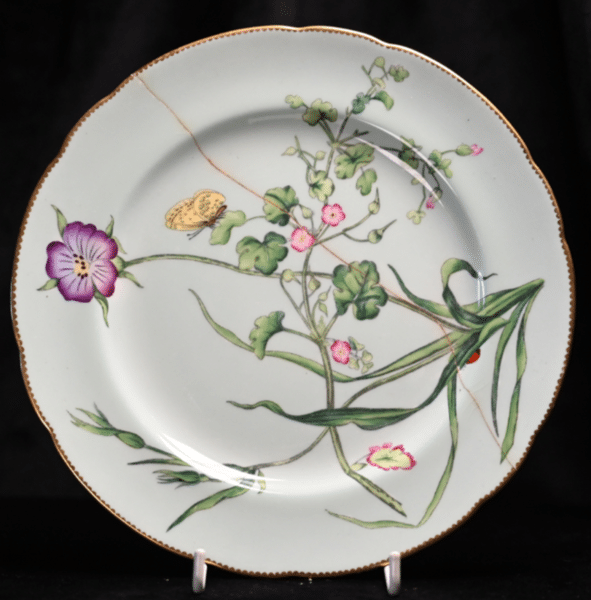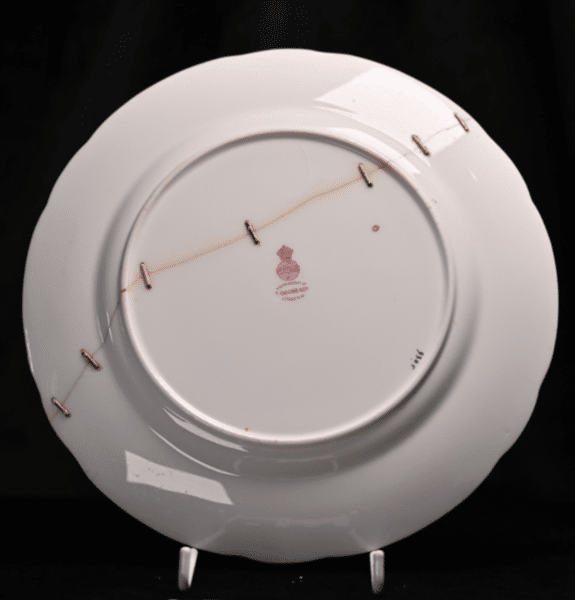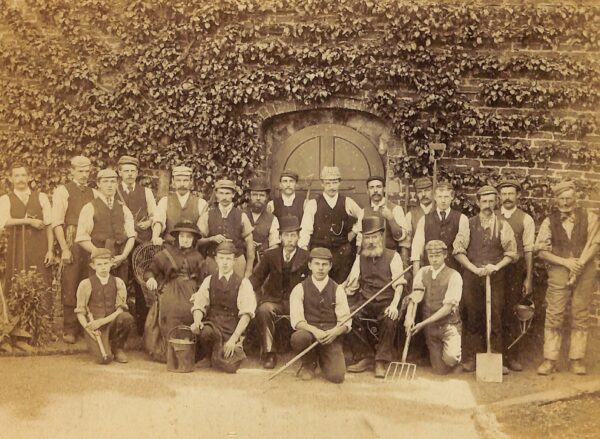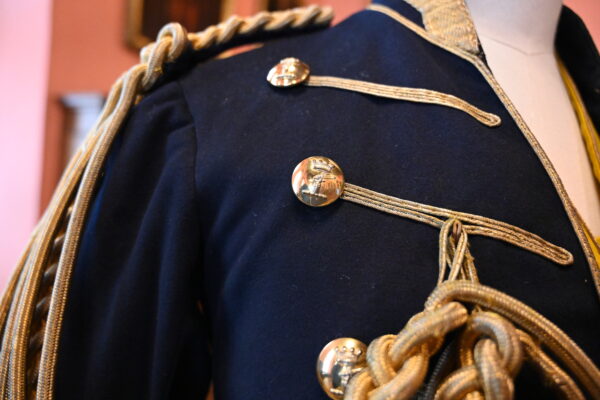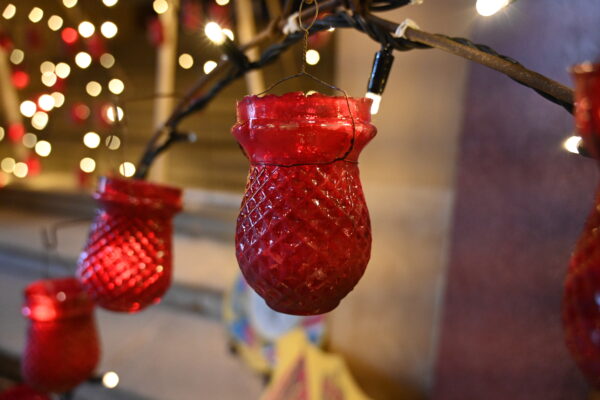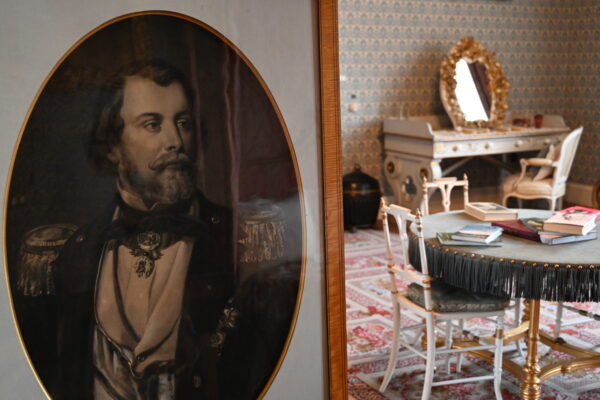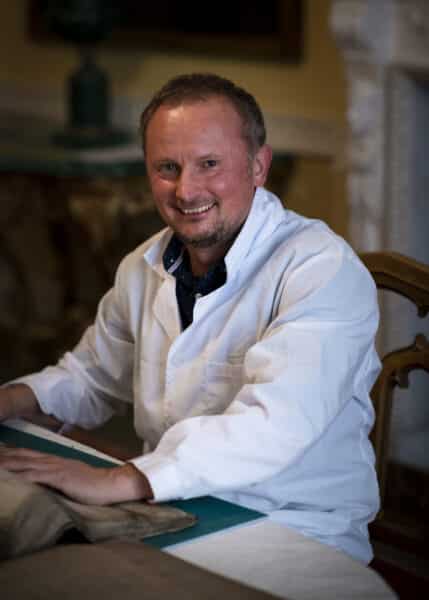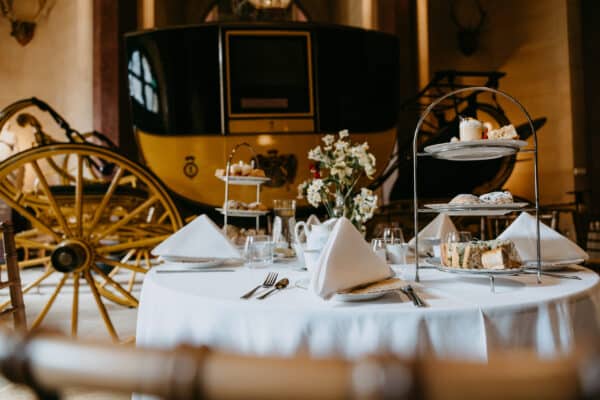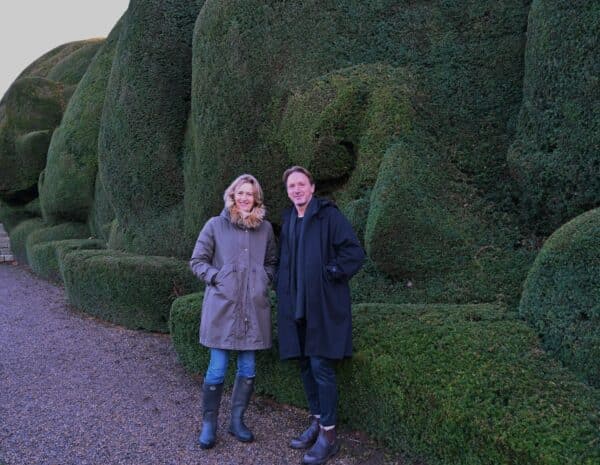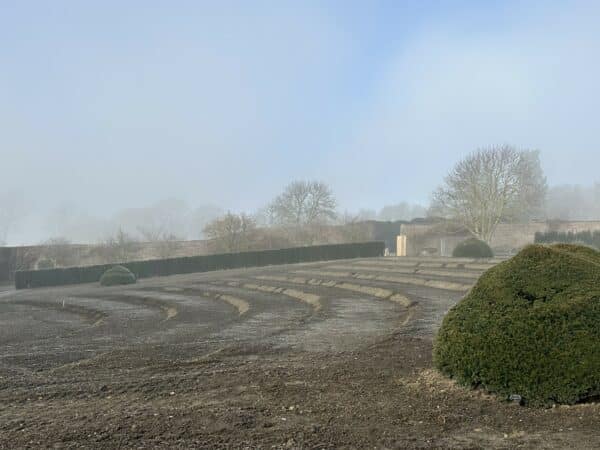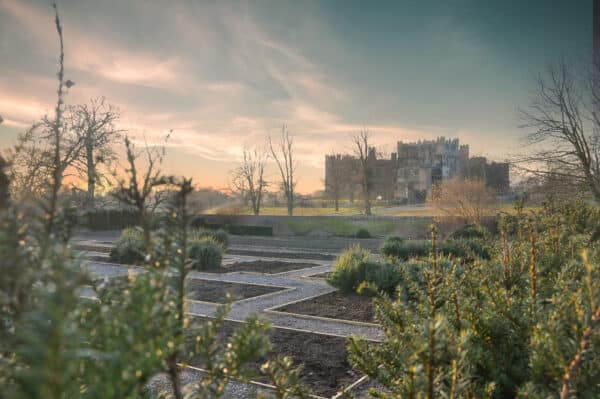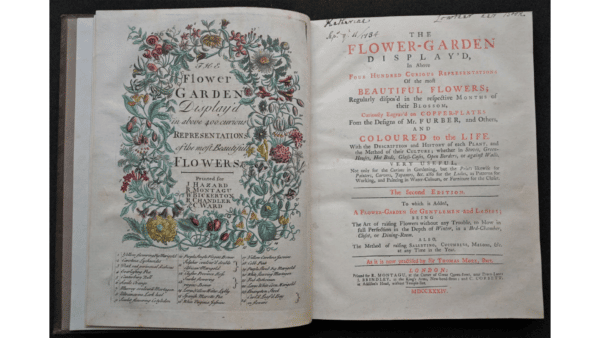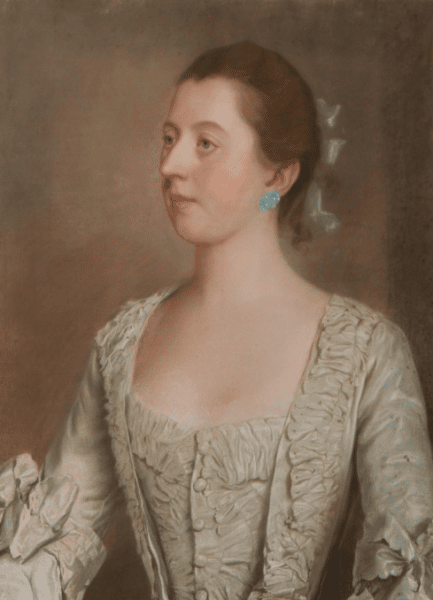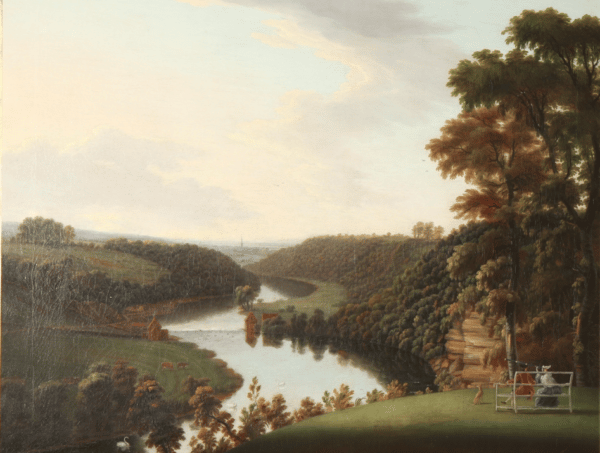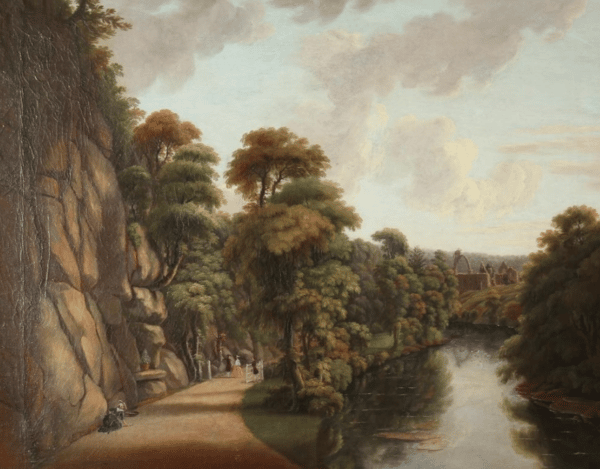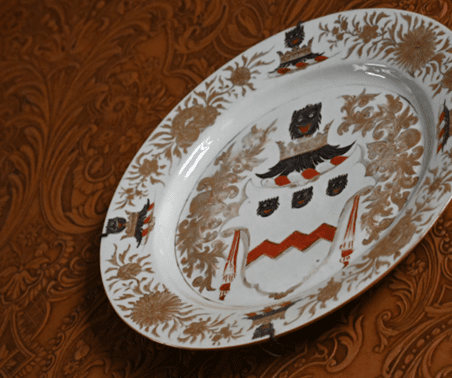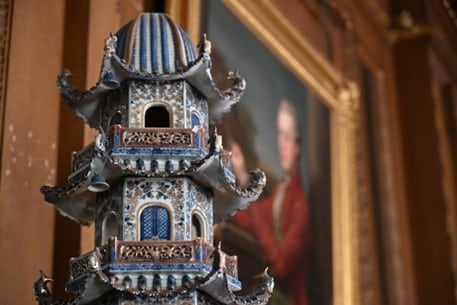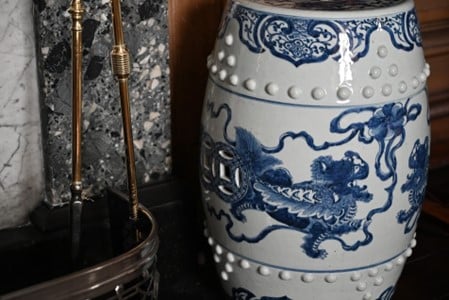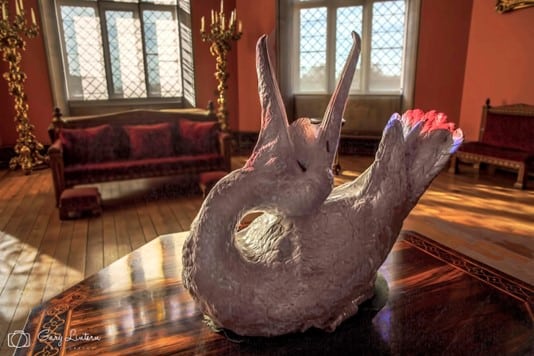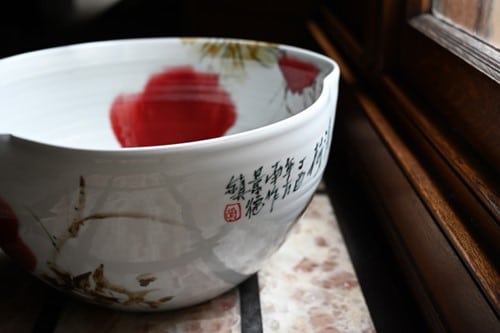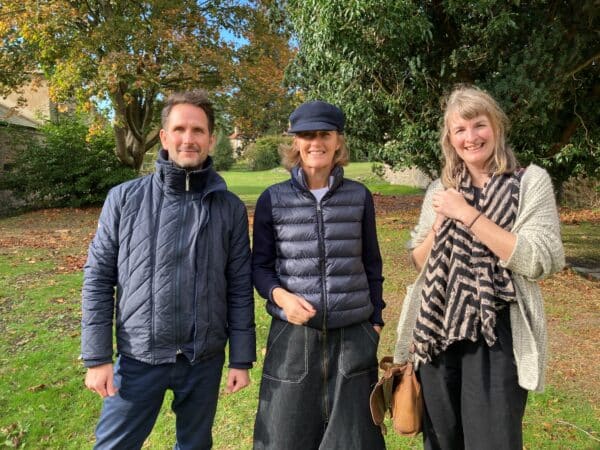MEMBERS ENJOY EXCLUSIVE FIRST LOOK AT RABY CASTLE’S REMODELLED EAST GARDEN
Two hundred Raby Castle members were given an exclusive first look at the remodelled East Garden on Wednesday 21st June. Lord and Lady Barnard invited guests to view the first completed section of the 18th Century Walled Garden which features a unique tiered grass amphitheatre.
The event allowed Raby’s members a sneak preview of the first phase of the exciting new design, carefully crafted by world-renowned garden designer Luciano Giubbilei, in close collaboration with Lady Barnard.
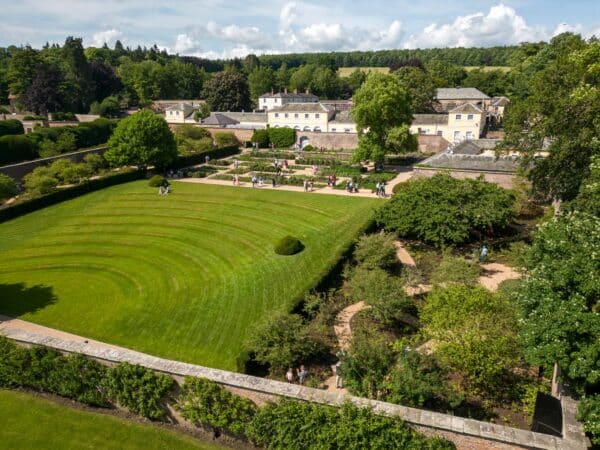
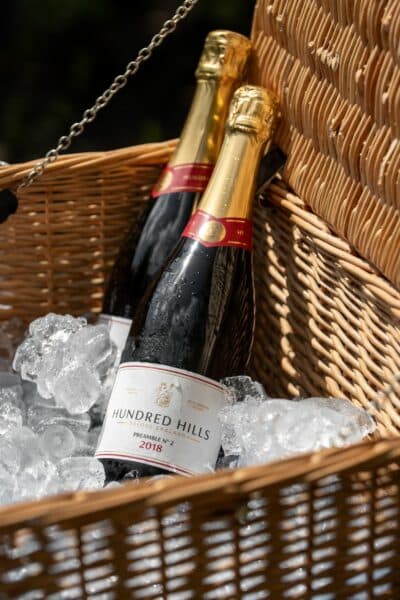
In addition to the accompanied walk through the magnificent garden, members were treated to a glass of English sparkling wine and the opportunity to speak to Raby’s custodians about the ambitious development programme taking place within the park, known locally as ‘The Rising’.
Situated just a stone’s throw from the 14th century Raby Castle, home to the Vane family since 1626, work began in the eastern section of the Walled Garden in early 2022 and has included the creation of the tiered grass amphitheatre, and the planting of new borders and beds.
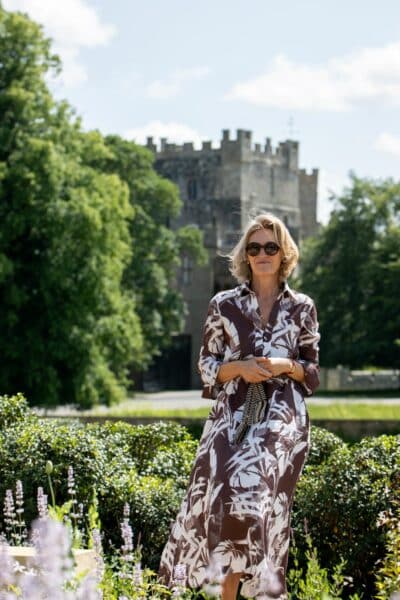
Lady Barnard, who is spearheading the rejuvenation of the Walled Garden, was thrilled to share this momentous occasion with the Raby members. “This preview of the East Garden is truly the first step in our thrilling journey to completion. The gardens at Raby Castle have always had huge appeal for visitors, and it was so important to us that we maintained its character and original features.
“Part of the scheme to improve the Raby visitor experience includes providing a space in which the public can relax and enjoy the picturesque surroundings. The addition of the grass amphitheatre has created a sunken performance area for enjoyment of the arts, but also for quiet contemplation.
“We have maintained the soul of the East Garden, embracing its provenance and memories, utilising the much-loved combination of herbaceous borders and trees. The space is framed by amelanchier woodlands, which will grow over time to create an intimate experience for visitors, as they stroll through the interspersed woodland under blossoming trees towards the open amphitheatre, with the castle framing the horizon.
“Evergreens and topiary have been introduced to reflect the balance of formality and informality within the structure of the garden, with Taxus hedging and Osmanthus cloud-pruned plants installed to create flow and mirror the form of the historical yew hedge in the neighbouring Formal Garden. We wanted to mix the soft textures of blossom from the amelanchier, with the evergreen structure, creating subtle impact and inspiration.”
The Formal Garden will comprise a series of unique mazes alongside the historic Raby yew hedge, with a graceful rill flowing north to south, adding the tranquil sounds and sight of water complementing this calm space. The adjacent West Garden will be the productive space, combining raised beds growing seasonal vegetables, a green house displaying hot house plants and a cut flower garden full of roses, peonies, dahlias and sweet peas.
Raby members will have exclusive preview access to the East Garden throughout the summer. “We are thrilled to have welcomed so many of our cherished members today and look forward to enjoying this beautiful new space with them this summer, in anticipation of the formal opening of the Walled Garden next year”, concludes Lady Barnard.
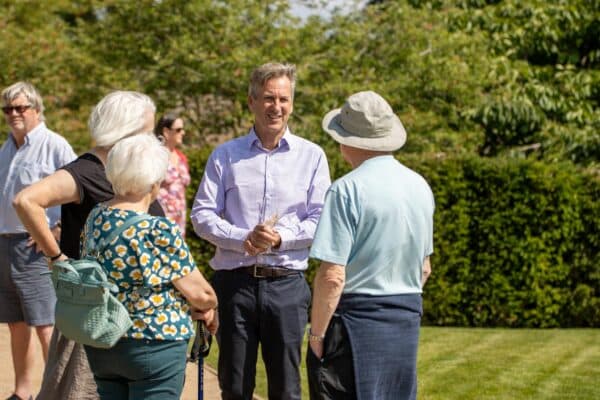
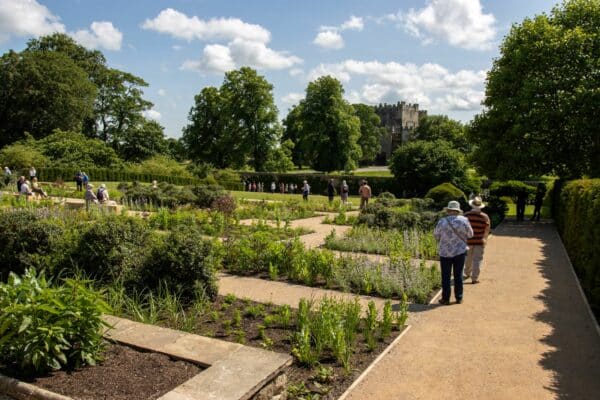
With so many exciting opportunities to be had at Raby Estate this season, a Raby membership is the best way to enjoy access to everything and anything Raby Estate has to offer*. The Raby membership begins from £15 per year for children from 4 to 12-years-old, £28 per adult, £25.00 per concession, with family passes starting at £80 (2 adults + 3 children), with benefits including admission to Raby Castle, the Deer Park and High Force Waterfall and 10% off at the Yurt Café, Stables Shop and High Force Hotel, in addition to access to the East Garden. A Plotters’ Forest adventure playground extension is available.
For more information on Raby memberships, please visit www.raby.co.uk/raby-castle/raby-membership/
For further information on The Rising, please visit: www.raby.co.uk/about-us/development/raby-castle-development/
*The memberships excludes special events.
